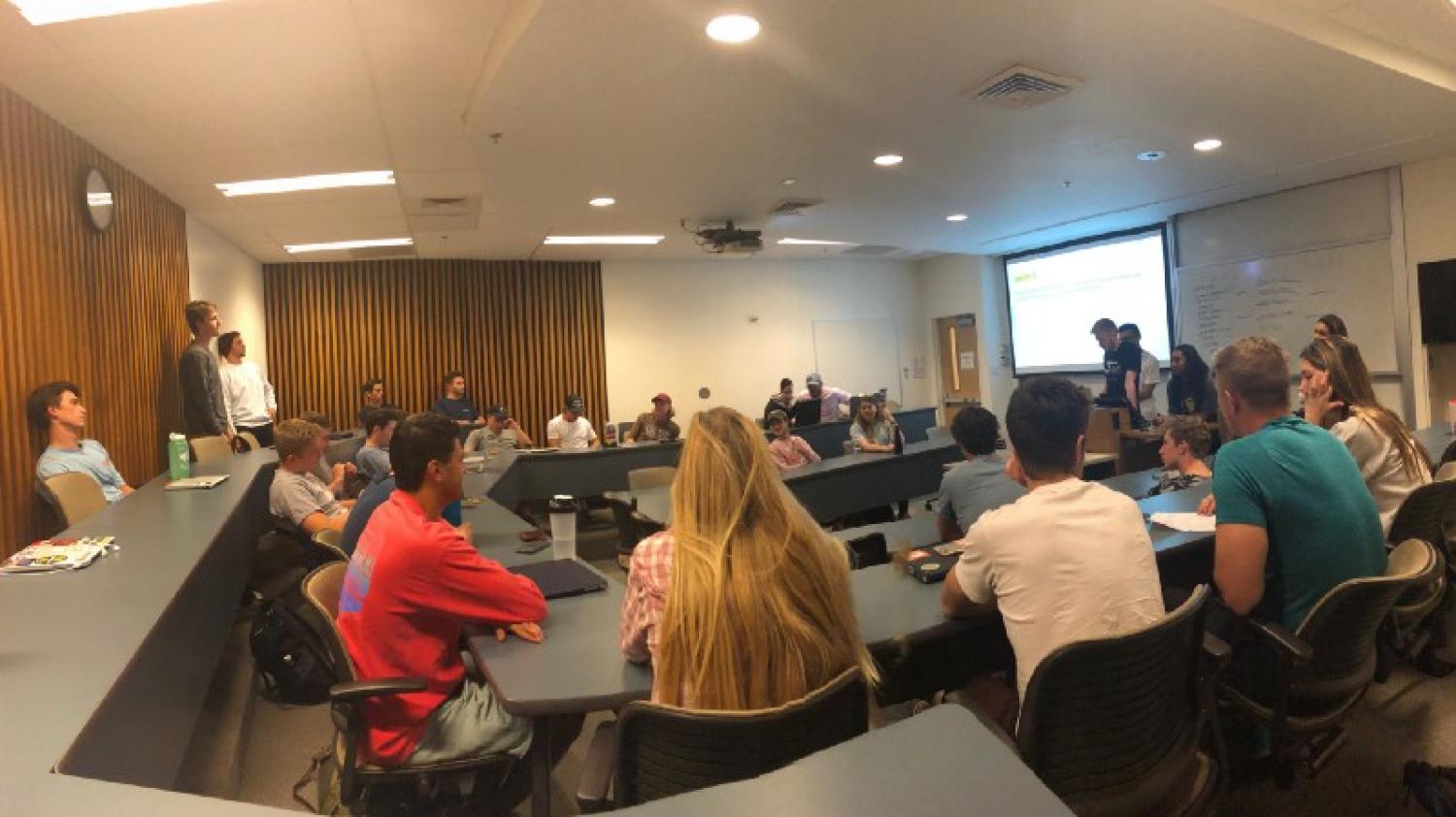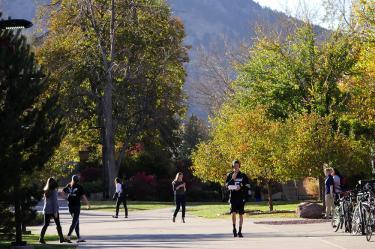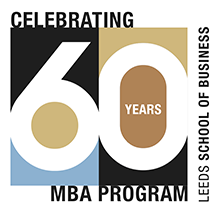Entrepreneurship 101: Experiments with a student-run classroom

Where the students teach the classes, assign their own grades, and choose their own projects to launch
Click here to read this original post on Medium.
Should a class about entrepreneurship be itself entrepreneurial?
In the Fall of 2018, 43 juniors and seniors at the University of Colorado — Boulder went on an self-governing adventure. They walked into their entrepreneurship 101 course thinking it would be like most of the rest of their classes with lectures, midterms, and assignments. What they got instead was a self-governance experiment: choosing their own ideas to explore, teaching their own classes, and setting their own grades. The goals of the class, learning about the foundations of entrepreneurship, were the same as other section of entrepreneurship 101. The way they got there was a bit different. This post explores the key experiments I ran, what I wanted to learn, and what the results were.
I want to thank all of the students for their participation in this class and this experiment. I really appreciate your involvement, your feedback, and your willingness to be part of the experience.
Key Experiments
Students teaching their own classes
Hypothesis: If students teach the classes, they will learn through the prep process and will focus on the topics they care most about. This will make class more engaging for the other students.
Experiment: I set up the course so the first class of the week introduced a topic and the students created an experiment to run outside of the classroom with real people. Inbetween the first and second class the students ran their experiments and collected feedback. In the second class of the week we reflected on what was learned in the experiments.
Result: Students overwhelmingly did not prepare well for teaching their classes. Although I had hoped they would dive deep into topics they cared about, most did not. Instead, most prepared mundane slide decks and lectured to the class.
So after a few weeks, the students and I had a conversation about the success of the original format and we collectively decided to switch things up. I taught the first class of the week that introduced a specific topic and helped the students apply the topic to their own projects. Student groups continued to teach the second class and were given support to take it any way they thought was interesting.
One student group in particular demonstrated the value of giving teaching teams large amounts of freedom. For a class on defining customers, they asked the students to choose a store on the 28th St mall in Boulder and to research how the company defines their users. Then they went down to the mall and interviewed a store clerk about who they thought their customers were, and compared that to the web site description. They also interviewed an actual customer! I loved this class because it got students out of the classroom and brought the material to life in a memorable and interactive format.
Students setting their own grades
Hypothesis: Students can choose their own grades that appropriately reflect their work in the class.
Experiment: Students set their own grades by creating a rubric, reflecting on their work and assigning themselves a letter grade that they felt they had earned. They then presented their work to me. If the student and I didn’t agree on the chosen grade (about 50% at the end of the semester), the student had the opportunity to accept the grade I thought made sense given their work or to present their grade and justification to the executive director of the Entrepreneurship Center. This only happened with a handful of students. The executive director then had the chance to give feedback on the work presented and the grade. The executive director and I only had the right to overturn a student’s self-assigned grade if the grade would be detrimental to the integrity of the business school. This final step was never reached as all students who presented to the executive director accepted his judgment of their final grade.
Result: Overall, students did a decent job reflecting on their work throughout the semester and assigning a grade that appropriately reflected that work. There were lots of bumps along the way though. The self-created rubrics weren’t adequate and I ended up creating a classwide rubric. Around half of the class ended up assigning themselves a grade substantially higher than they were able to justify.
Grades in general are a highly charged subject for students. The nature of this course was to learn through doing and the grading system developed and matured as the semester went along. For many students this was challenging and they considered it unfair. That is because there wasn’t a standard rubric they could follow from the beginning. It poses the question about how teachers can compassionately introduce alternative forms of learning into the classroom while being considerate of students’ needs for a clear grading structure.
Creating project teams and getting out of the classroom
Hypothesis: Students would propose projects to work on using the Startup Weekend model. That meant anyone could propose a project at the start of the semester. Students could choose to work on their own proposed project or join another students. If a project hit a wall the students couldn’t overcome, the team of one or more students could choose a new project, or disband and join other teams, or some combination of the two. By working on a project a student cared about, they would be more motivated in class to learn the material and apply it in the real world.
Experiment: Students pitched ideas and formed teams during a Startup Weekend style event on the first day of class. Each week the teams were given different tasks they needed to do with their potential users.
Result: Students who were really keen to work on a specific project were extremely happy that they were able to do so. For example, students worked on ideas including a waffle house, a virtual tour company, a bike company aimed at students, and an Uber for Cooking company. Students who didn’t come into class with a specific entrepreneurial endeavor in mind had a more mixed experience — some joined teams led by students who were passionate about a certain topic but that they personally didn’t care much about. Teams that passionately pursued their project did quite well getting out of the building and talking to users. Teams without this passion lacked motivation and wondered why they weren’t just getting assigned books and articles to read.
Bottomline — it is safe to test out new ideas!
At the top of this post I asked “should a class about entrepreneurship be itself entrepreneurial?” I think the answer is yes. I came into the class with a lot of questions and left with a lot of answers, as well as with a lot more questions. I learned about how to set students up for success with teaching their own classes, with setting their own grades, and with choosing their own projects and teams. By actively soliciting feedback from students, both positive and negative, future iterations of this class will start on a much more solid footing than v1. And there was no way to get to that point without a lot of experimenting and learning/failing.
There were many students who loved the class format, many who hated it, and many who were indifferent. When I got my Faculty Course Questionnaires at the end of the semester, scores were directly in line with business school and CU averages. (FCQs are student reviews of the class and the professor.) To me this indicates that experimenting with novel teaching styles and formats, when done with care and consideration for the students, is a safe and worthwhile pursuit.
Communication was paramount throughout the semester. I had open and frank conversations with the students every single day of the class about what we were testing, what I was learning, and what would be changing. Being open and vulnerable to feedback and critique gave the students a platform to make the class stronger and better.
It is critical to respect that the students already exist in a system that is built on lecture and grading by exam. Just telling them “this class will be different” is not sufficient to change their mindset. Being flexible and compassionate were essential to this classroom experiment.
Conclusion
If you’re a teacher or professor considering novel ways to change the classroom experience to create a more engaging and productive environment for your students, I encourage you to start experimenting! Similar to my work facilitating design thinking, lean startup, and innovation in large corporations, gradually improving existing products and services generally requires a great deal of patience and creativity. Have fun and good luck! I am certain your students will appreciate the effort, and you will enjoy the new approach. Moreover, some students will really love a class that is different from business as usual! One student said he spoke on the phone with his parents each week about the business he was pursuing and that he thought the class was the most meaningful educational experience he’s ever had.
Click here to read this original post on Medium.







